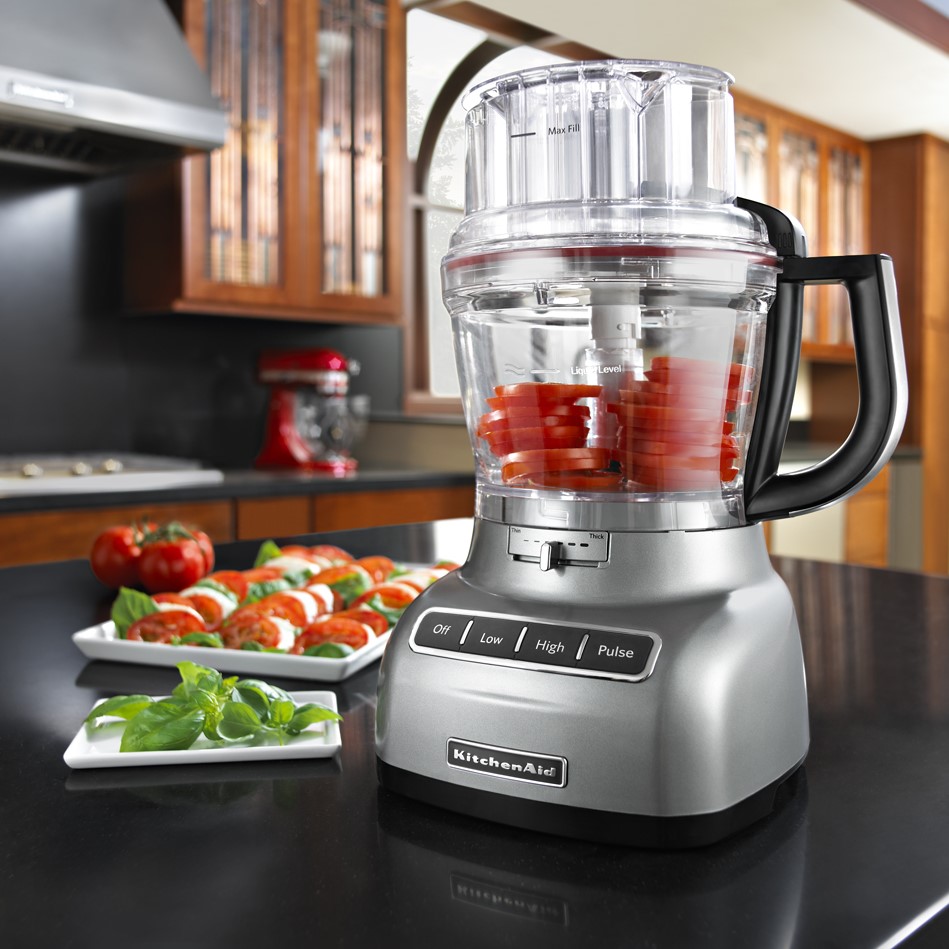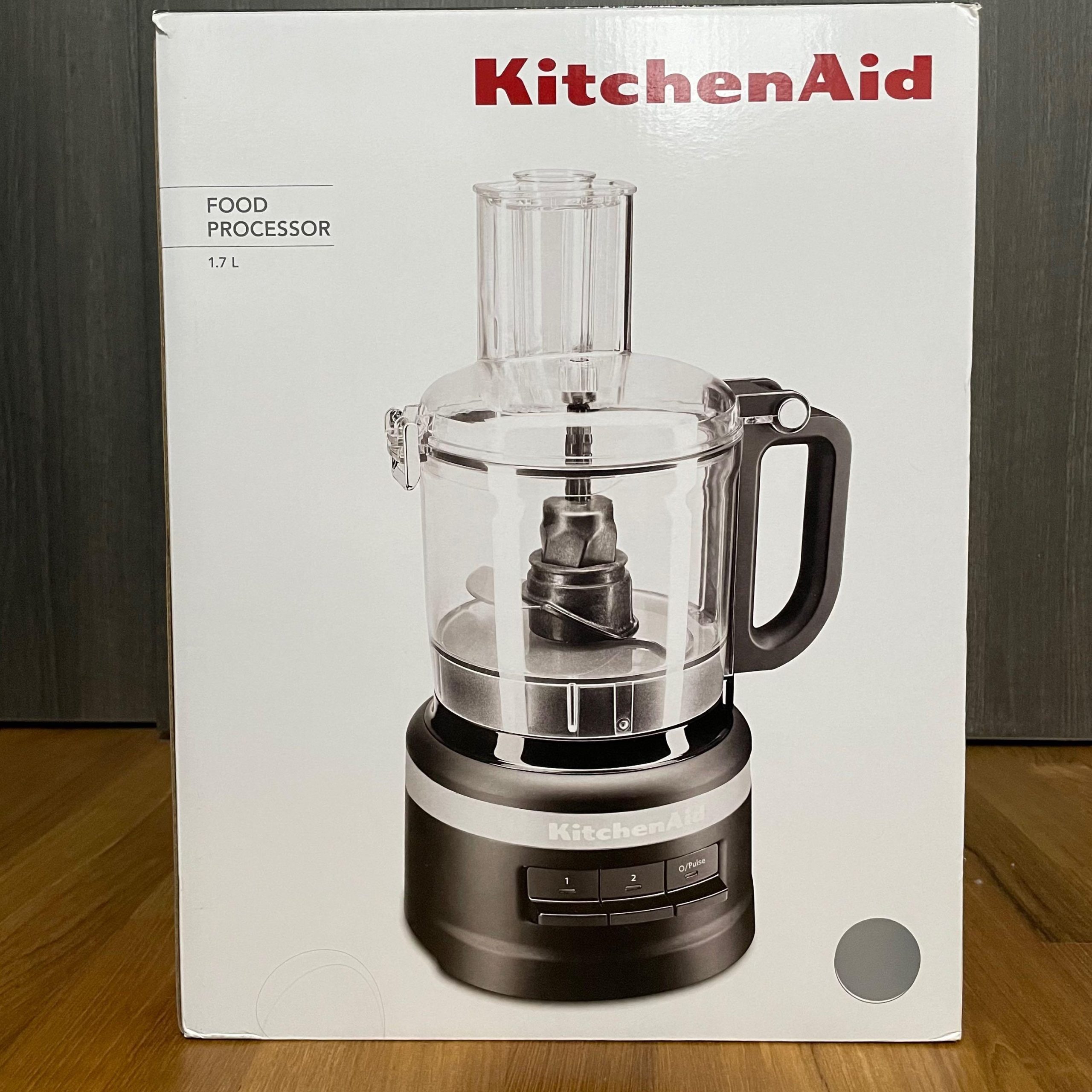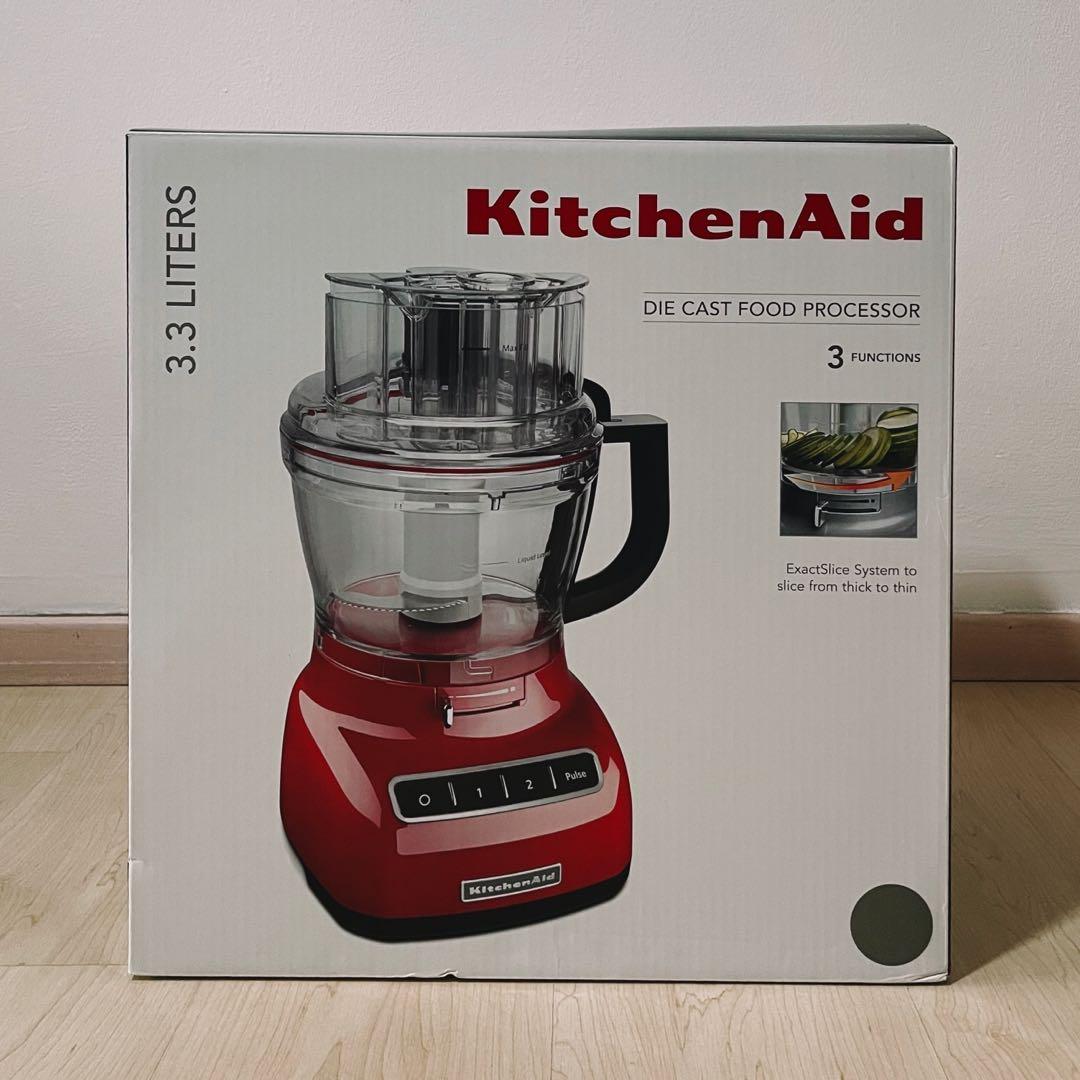
Safety First: Ensuring Your Food Processor Is Unplugged
Before addressing why your KitchenAid food processor won’t start, safety is paramount. Always make sure your appliance is unplugged. This simple step protects you from electrical hazards while troubleshooting. A plugged-in food processor poses a risk of accidental activation. This could lead to injury or further damage to the machine. Unplugging is the first and most crucial safety measure. Double-check that the cord is completely disconnected. Do this every time you encounter an issue. Only after you’ve ensured the processor is off, you can safely proceed with the next steps.

Checking the Power Source
When faced with a KitchenAid food processor that won’t start, check the power source next. Begin by ensuring the outlet is functioning. Plug in a different device to see if it works. If it does, your outlet is likely not the problem. Next, examine the power cord of your food processor. Look for any signs of damage. Frayed cords or exposed wires need immediate attention. Replace them if needed. Also, make sure the cord is firmly plugged into both the wall outlet and the food processor. Loose connections can prevent the appliance from starting. Sometimes, a simple plug adjustment is all that’s needed to fix the issue. If these steps don’t resolve the problem, proceed to the next troubleshooting step.
Inspecting the Bowl Assembly and Lid
When your KitchenAid food processor won’t start, it’s important to check the bowl assembly and lid. Make sure that the bowl locks firmly into place on the base. It should click securely; if not, adjust it until it does. Also, ensure that the lid is properly closed. The food processor has a safety mechanism. It requires both bowl and lid to be in place before operating. Inspect the lid for any cracks or damages that might prevent it from closing. If you find any damage, replace the lid or bowl. An improper seal can be the cause of the issue. Always handle the bowl and lid with care to avoid breakage. Align them correctly with the base and handle. A correctly assembled bowl and lid will help your food processor start smoothly.
Verifying the Function of the Pusher Assembly
When your KitchenAid food processor won’t start, the pusher assembly might be at fault. The food processor requires the pusher to be in its proper position. Without it, the machine will not operate as a safety precaution. Here’s how to verify the function of the pusher assembly:
- Check that the pusher is clean and free of debris. Food residues can jam the mechanism.
- Ensure the pusher slides smoothly down the feed tube. It should move without force.
- Look for signs of wear or damage on the pusher. If present, consider replacing it.
- Confirm the pusher’s proper alignment. It must engage the safety switch correctly.
- Listen for a click when inserting the pusher. This sound indicates proper placement.
If the pusher assembly checks out and your KitchenAid food processor still won’t start, proceed to the next troubleshooting step. Keep the keywords ‘KitchenAid food processor won’t start’ in mind as you continue to find solutions to your appliance issues.
 Analyzing the Motor and Its Components
Analyzing the Motor and Its Components
If your KitchenAid food processor won’t start, the motor might be the culprit. Careful analysis of the motor and its components can often reveal the source of the problem. Follow these straightforward steps to check the motor:
- Inspect the motor base for any visible signs of damage or overheating. Black marks or a burnt smell are red flags.
- Listen for a humming noise when you try to start the food processor. This could indicate a motor trying to run but failing.
- Gently rotate the spindle that connects to the blade. It should move freely. If not, the motor may have seized.
- Test the motor’s electrical continuity using a multimeter. No continuity means the motor is likely damaged and needs replacement.
- Examine any capacitors attached to the motor. A bulging or leaking capacitor can cause start-up failures.
After checking these components, if you determine the motor is not functioning correctly, it may require professional repair or replacement. Keep in mind that working with electricity can be dangerous. If you’re unsure about these steps or the findings, contact a professional technician. Remember, a non-starting KitchenAid food processor can be frustrating, but careful troubleshooting can lead towards a safe and effective solution.
Assessing the Blade Attachments
When your KitchenAid food processor won’t start, the blade attachments may be the issue. It’s critical to assess them properly. Ensure you carry out these checks:
- Ensure Blades Are Secure: Check that the blades are correctly seated. They should fit snugly onto the spindle.
- Inspect for Damage: Look for any chips or cracks on the blades. Damaged blades can halt operation.
- Confirm Proper Assembly: The blades must assemble according to the manual. Incorrect assembly can prevent starting.
- Clean Blade Area: Remove any food particles or debris. This buildup can stop the blades from moving.
- Blade Lock Check: Verify that the blade lock mechanism is engaging properly. If not, adjust until it does.
If, after these assessments, the KitchenAid food processor won’t start, the problem might not be with the blades. In such cases, further troubleshooting is necessary. Remember to handle blades with care to avoid injury.
Resetting the Food Processor’s Safety Features
Sometimes the issue with a KitchenAid food processor that won’t start is linked to its safety features. These are designed to protect you, but they can also cause the processor to not start if not properly reset. Follow these simple steps:
- Unplug the Food Processor: Always start by disconnecting the power to ensure safety.
- Reassemble the Unit: Disassemble and then reassemble all parts, making sure each piece clicks into place securely.
- Check for Safety Locks: Certain models have locks that must engage for operation. Ensure these are fully engaged.
- Press the Reset Button: If your model has a ‘reset’ or ‘overload’ button, press it. This can clear any safety protocol issues.
- Wait for a Few Minutes: After reassembly and pressing the reset button, wait a few minutes before plugging it back in.
By resetting your KitchenAid food processor’s safety features, you address potential glitches that might prevent startup. If you’ve followed these steps and your KitchenAid food processor won’t start, further action may be needed. Keep track of the checks you’ve made. This can help if you decide to contact professional repair services. Safety features are there for a reason, so never bypass them as it could lead to injury or further appliance damage.
 When to Seek Professional Repair Services
When to Seek Professional Repair Services
If your KitchenAid food processor won’t start after you’ve tried all the troubleshooting steps, it may be time to seek professional repair services. Here are some instances when you should consider this option:
- Persistent Problems: If the food processor still won’t start despite following the troubleshooting guide meticulously, a deeper issue may be present.
- Signs of Electrical Issues: If you noticed any sparks, smoke, or unusual noises when attempting to start the appliance, these are clear signs of electrical problems that require expert attention.
- Warranty Coverage: Check your KitchenAid food processor’s warranty. If it’s still under warranty, contacting the manufacturer for repair or replacement could save you money.
- Insufficient DIY Experience: If you’re not comfortable or experienced with electrical appliance repairs, it’s safer to leave it to the professionals to prevent damage or potential harm.
Professional technicians have the right tools, experience, and knowledge to diagnose and fix your food processor. Attempting complex repairs yourself can lead to further damage or void the warranty. When reaching out to a service provider, describe the issue as accurately as possible. Include the steps you’ve already taken so they can quickly hone in on the problem. Remember, getting professional help is a smart decision to ensure your KitchenAid food processor is repaired correctly and safely.





